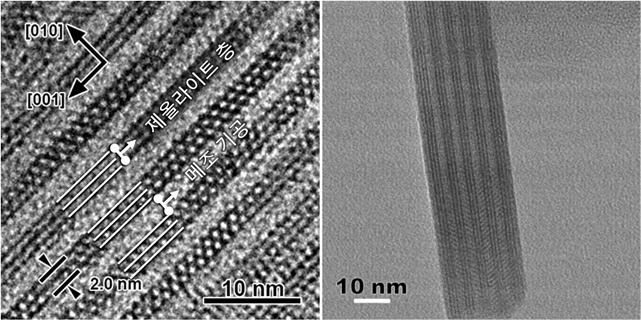KAIST National Scientist develops 'dream' zeolite
성수 최 2009-09-29 View. 14,829KAIST National Scientist develops 'dream' zeolite
Study published in Sept. 10 issue of Nature increases possibility for development of eco-friendly, high-performance catalyst.

Photo) National Scientist and KAIST Professor Ryoo Ryong.
Prof. Ryoo Ryong, a National Scientist at KAIST has successfully synthesized ultrathin, layered nanosheets of zeolite as 2 nanometer-thick catalysts for the first time in the world.
Zeolite, developed by Prof. Ryoo's team, is a crystallized mineral consisting of silica (the main ingredient of sand) and aluminum, which are abundant on earth, and has tiny holes inside. These nano-microspores, measuring one nanometer across, produce gasoline through a catalytic activation when methanol, its molecules being catalyzed, flows in and out.
Drawing on such characteristics, zeolite is currently used in processes of converting methanol into gasoline and causing the decomposition of wasted plastic. It is a catalyst material that is most widely used in gasoline production and in diverse areas of the petrochemical industry worldwide.
Currently, zeolite is highly sought after as a research area by the global petrochemical industry, as it allows for the generation of gasoline without crude oil, a major advantage. Moreover, if the functionality of zeolite as a catalyst is improved, it could generate astronomical economic added value. Prof. Ryoo has successfully increased the efficiency of zeolite as a catalyst for the first time in the world, by creating a synthesized zeolite that can produce five times as much gasoline? as conventional methods.
(Photo) A sectional diagram of multi-layered zeolite (left) with layers of 2 nanometers (1 nanometer is 1 one billionth of a meter) in thickness developed by Prof. Ryoo Ryong at KAIST. The photo on the right is a magnified image of the picture on the left. A close look at the material confirms that the dark zeolite measures 2 nanometers in thickness. The white spots within the zeolite are spores, and the white materials between the layers of zeolite are surfactant.
Ryoo succeeded in synthesizing the material by using a new method involving the assembly of special surfactant molecules and silica. The result of the study was published in the September 10th issue of Nature, the worlds most prestigious scientific journal.
The newly created zeolite is a layered sheet type measuring 2 nanometers in thickness, the thinnest breadth theoretically imaginable for a zeolite material. Despite being so thin, the material presents a high level of stability at high temperatures of 700 degrees Celsius, Prof. Ryoo's team explained.
Ryoo said, "As molecules can easily transmit themselves and spread through the ultra-thin zeolite material, this material can be used as a catalyst for activating large molecules such as those found in mid-grade oil in petrochemical processing." He added, "Notably, the lifespan of the new zeolite catalyst is more than five times greater than that of conventional zeolite catalysts used in chemical processing for converting methanol into gasoline, and extends the period for catalyst replacement, thus generating very high economic benefits."
Meanwhile, the result of the study is expected to be directly applied to research on the development of eco-friendly, high performance catalysts that are suitable for the development of alternative energy and for green growth in the future.
Lim Eun-hee
redant645 at hellodd.com
[September 24, 2009]
- - - - - - -
Source - HelloDD.com

 Delete Article!
Delete Article!